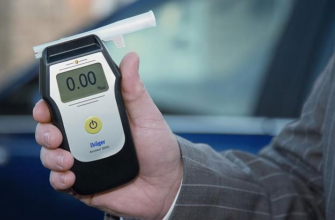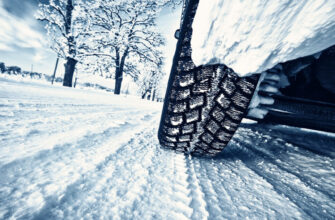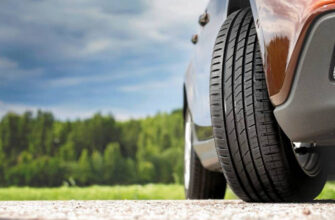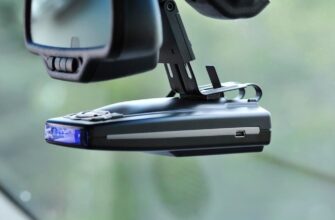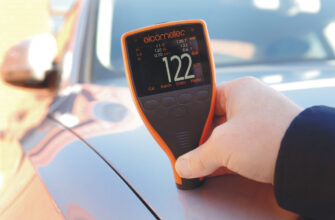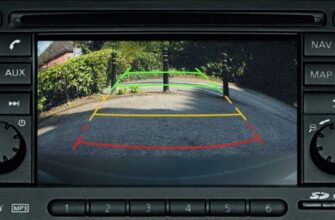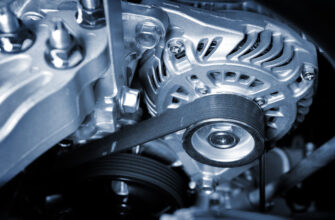The principle of operation of the car brake system is based on the displacement of a special fluid from the working volume, which acts on the caliper piston and closes the pads. For effective interaction in the brakes of modern cars, a special thick fluid is used, called brake fluid. The compositions can be very different, and therefore the task of the motorist is to choose the correct model in accordance with the regulatory recommendations of the manufacturer.
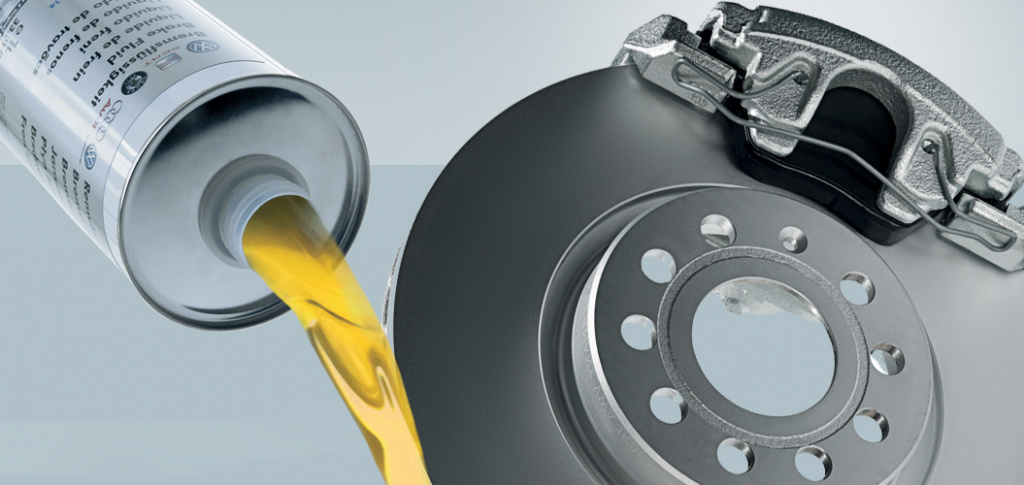
!
We recommend reading an article from an expert on choosing brake pads and the secrets of choosing brake discs.
Top brake fluid manufacturers
Considering that brake fluid is a multicomponent composition with a complex chemical formula, its production is the prerogative of well-known world-famous chemical concerns:
-
Mannol;
-
Liqui Moly;
-
Castrol;
-
Shell;
-
Fuchs;
-
Mobil;
-
Castrol;
-
Bosh;
Before giving preference to the manufacturer of a particular product, it is required to familiarize yourself with the tolerances of the manufacturers of specific car brands, as well as the reviews of specific users who have operated a specific composition for the required time.
Types of brake fluid
Products on the market can differ significantly in terms of chemical composition, and therefore it is customary to divide them into the following types:
DOT3
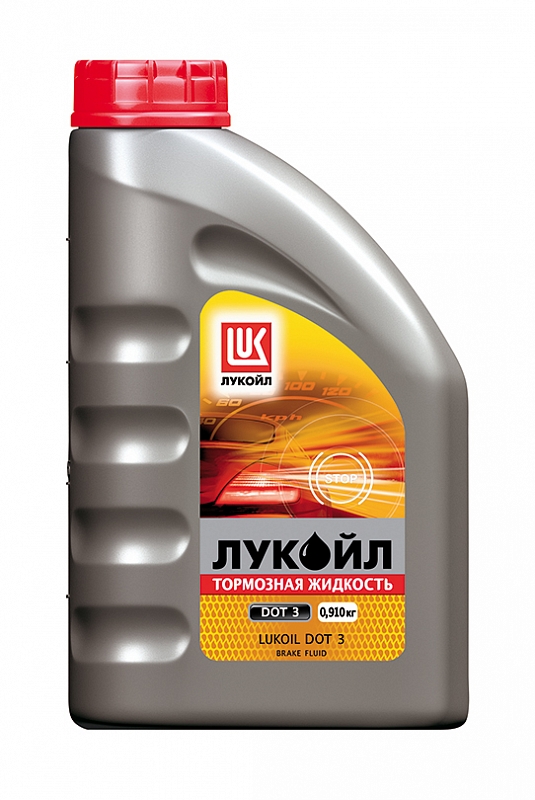
Mineral-based formulations designed for low-speed operation. Provides acceptable braking functionality on low-power civil vehicles equipped with disc or drum brakes.
Advantages
-
The cheapest formulations on the market;
-
Stable viscosity index under thermal stress;
-
Widespread;
-
They are used for a wide range of cars of domestic and foreign production;
disadvantages
-
High hygroscopicity;
-
Not able to provide the required braking efficiency in more or less powerful cars;
DOT4

A more advanced version of the brake fluid used on modern cars up to 150-170 horsepower, equipped exclusively with disc brakes. They cope well with dynamic loads and withstand temperature extremes. Recommended for modern domestic cars, as well as foreign cars.
Advantages
-
Unchanged viscosity index;
-
Small specific hygroscopicity;
-
Long service life;
-
It is widely used for various systems equipped with disc brakes;
disadvantages
-
More expensive than DOT3;
-
When the maximum load is exceeded, it ceases to perform the functions assigned to it;
DOT 5.1

Modern formulations designed for use in powerful sports cars, braking systems in which are equipped with multi-piston calipers and are subject to severe mechanical and thermal stress. They are able to withstand significant overloads without changing the chemical composition and density. They have zero hygroscopicity and do not require replacement for a long time.
Advantages
-
Designed for harsh operating conditions;
-
Zero hygroscopicity;
-
Suitable for powerful cars;
-
Do not change the viscosity index;
disadvantages
- The highest cost among all formulations on the market;
Brake fluid selection parameters
In addition to compliance with one or another class, brake fluid must have a set of certain characteristics that indicate suitability for use.
-
The boiling point of the brake fluid. A parameter that reflects the temperature at which the composition ceases to perform the functions assigned to it. A dry temperature is distinguished, corresponding to a new liquid, and a 'wet' temperature, which characterizes a used liquid, which has absorbed a certain percentage of water (usually 3-3.5 percent);
-
Kinematic viscosity. A parameter that reflects the ability of a liquid to pass through pipes at a particular temperature. High-quality formulations should avoid the ability to excessively thicken at temperatures down to -40 degrees and at the same time not be excessively fluid when heated to + 40-50 degrees;
-
The presence of enzymes that protect rubber products from destruction, and metals – from corrosion. Plays the most important role in ensuring the safety of the brake system, preventing the destruction of brake hoses and metal seals;
-
Lubricity. A parameter that affects the performance of the brakes in general and the design of the caliper in particular. It is thanks to the ability to lubricate the rubbing pairs that high-quality and long-term operation of the car's brake system is carried out.
!
In the next article, we will tell you how to choose the right alloy wheels for your car.
Attention! This material is the subjective opinion of the authors of the project and is not a purchase guide.


